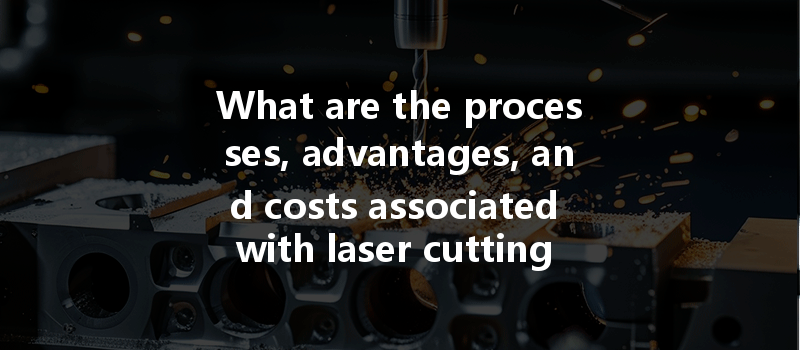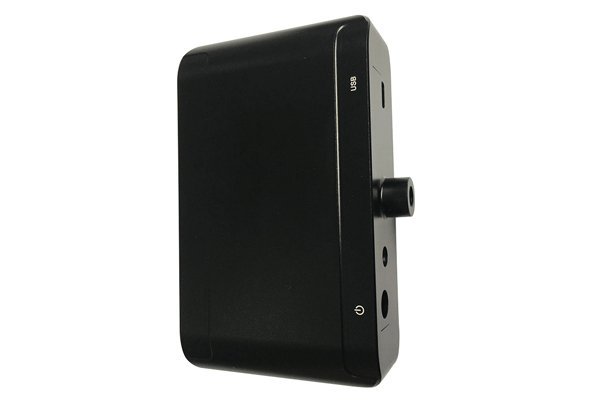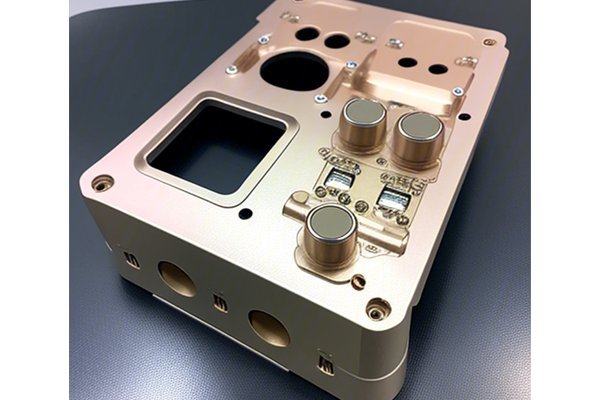Did you know that laser cutting technology can achieve precision tolerances of up to ±0.005 inches? This level of accuracy makes it a game-changer in the world of CNC (Computer Numerical Control) machining, drastically altering the landscape for manufacturers across various industries. If you’ve ever wondered how such a feat is accomplished, along with the costs and benefits associated with it, you’re in the right place.
In today’s fast-paced manufacturing environment, efficiency and precision are paramount. Enter laser cutting – a technology that not only meets but often exceeds these demands. In this comprehensive guide, we’ll dive deep into the intricate world of laser cutting, exploring its processes, advantages, and cost considerations. Whether you’re a seasoned engineer, a budding entrepreneur, or just someone curious about modern manufacturing techniques, this blog post offers insights that will help you understand why laser cutting is revolutionizing CNC machining.
—
Laser cutting is a technology that uses focused laser beams to cut, weld, or engrave materials with extreme precision. This technique involves using a high-powered laser which is directed through optics and controlled via CNC software, allowing manufacturers to create complex shapes with minimal material wastage. The laser’s concentrated heat causes the material to melt, burn, or vaporize away, resulting in a clean, finished edge.
2.1 Types of Laser Cutting
There are several types of lasers used for cutting, each suitable for particular applications:
2.2 Step-by-Step Process
The laser cutting process typically involves the following steps:

3.1 Precision and Accuracy
Laser cutting offers unparalleled accuracy, ensuring each piece meets exact specifications. This is particularly vital for industries requiring intricate designs, such as aerospace, automotive, and electronics.
3.2 Versatility of Materials
Almost any material can be cut using laser technology, including metals, plastics, textiles, and even ceramics. This versatility gives manufacturers the flexibility to produce a wide range of products from a single machine.
3.3 Efficiency and Speed
One of the standout benefits is the speed and efficiency of laser cutting. The processes are typically faster than traditional cutting methods, allowing manufacturers to increase output without compromising quality.
3.4 Reduced Waste and Cost-Effectiveness
Laser cutting minimizes material wastage due to its precision. Additionally, the lower energy consumption compared to other cutting technologies helps reduce operating costs over time.
4.1 Initial Investment
The upfront cost of acquiring a laser cutting machine can be substantial. Factors such as the type of laser, machine size, and additional features all contribute to the total investment.
4.2 Operating Costs
While operating costs can fluctuate, they usually remain lower than traditional methods. Key elements of operational costs include electricity, maintenance, and labor.
4.3 Cost Benefits Over Time
Despite the initial expenses, businesses often find that laser cutting technology pays off in the long run through increased efficiency, reduced waste, and the ability to handle diverse materials.
5.1 Industries That Utilize Laser Cutting
Laser cutting finds applications in various industries, including:
5.2 Case Studies
As industries evolve, so does laser cutting technology. Future trends hint at advancements such as:
Understanding the ins and outs of laser cutting technology illuminates its significance in modern manufacturing. The processes, advantages, and cost considerations presented in this guide highlight how laser cutting not only increases precision and efficiency but also optimizes material usage, making it a valuable asset across numerous industries.
As we move forward, the continued evolution of laser cutting technology promises to further enhance its capabilities. Manufacturers aiming for success should not only recognize the operational advantages of laser cutting but also contemplate how integrating such advanced technologies can lead to sustainable growth and innovation in their respective fields.
Thank you for exploring the transformative world of laser cutting with us. As technologies evolve, staying informed is vital, and understanding advances like these positions you at the forefront of manufacturing possibilities.






